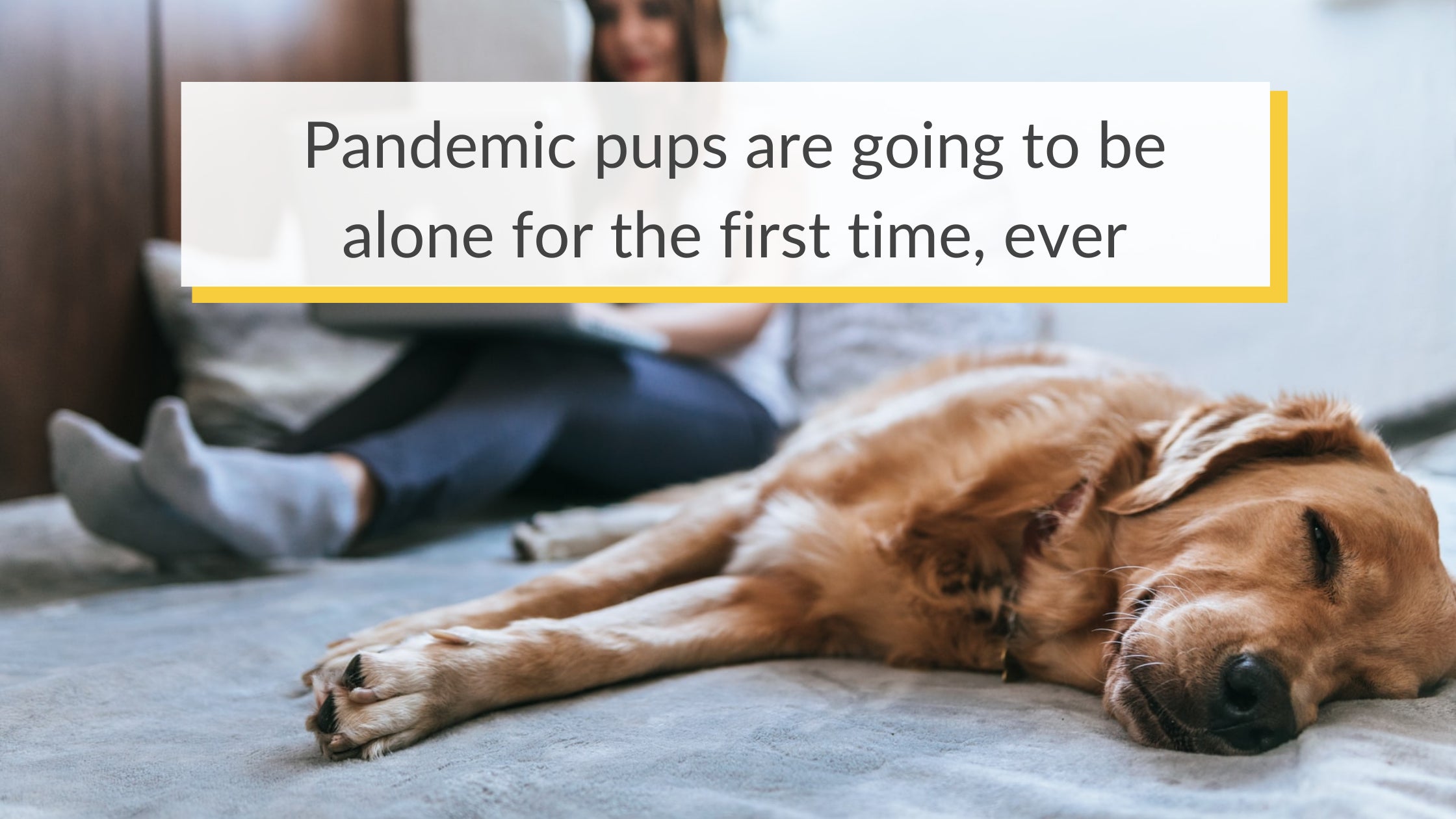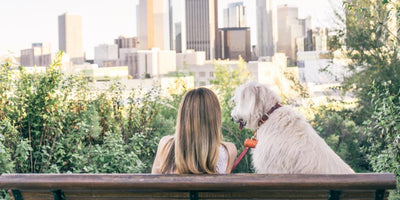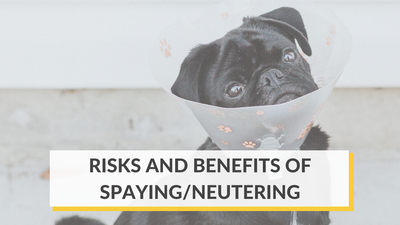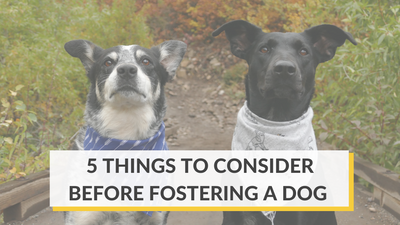It’s time to go back to the office, and no one is less excited than your furbaby. It’s a transitional time for them and you. Gone are the days of laying in your lap during Zoom meetings. But luckily, you can count on them to greet you with a wagging tail when you finally arrive home! No matter what your new circumstances look like, it’s a change that can stir separation anxiety or fears in your dog. Although both of your days will look different now, it’s nothing your pup can’t adjust to with a little help.
Your work situation may be hybrid, fully in-person, or up to you. It’s completely normal to want to test the waters of what works best for you and your furbaby. It may take a few weeks to see what a normal routine looks like, and what most fits you and your pup’s lifestyle.
Symptoms of Separation Anxiety
It’s a good idea to see what symptoms your dog may be displaying when adapting to a new routine. There are a few ways to monitor these symptoms: one easy way is to use a Furbo Dog Camera, which can even track movements of your dog and give you alerts of behaviors like accidents or broken objects. It’s also important to check on your dog after you get home and see how their behavior might be different.
Some symptoms of separation anxiety, according to ASPCA, include:
- Abnormal urinating and defecating
- Barking and howling
- Chewing or destroying things
- Attempting to escape
- Pacing
Not to worry, as separation anxiety is common and can be treated & trained. Here are a few ideas that may help ease your dog’s nerves.
Treatments for Separation Anxiety
Toys
Mental stimulation can keep your dog excited, challenged, and distracted while they acclimate to a new schedule. Certain toys can allow your dog to dig for toys, such as cones or a lick mat. Other toys can help dogs who like to dig or explore can play with certain elements that spark their interests.
Exercise
Keeping your pup happy means keeping them tired. If possible, try to take your dog on a long walk or run before you go to work. If you have a set date to go back into the office, try and incorporate this into your routine so your dog can know what to expect on a typical day.

Graduated training
Going from 0-100 can be a bit overwhelming for your dog. If your pandemic pup has been attached at the hip since quarantine, start small. In your daily routine, try leaving your dog in a separate room by themselves. These periods of time can get longer and longer, and you can practice these habits when you are still working from home. Baby steps can make the first day away seem like much less of a challenge.
Stay connected at all times
A Furbo Dog Camera is the perfect tool to help you feel in control of the whole return to work situation. It helps you stay connected to your furbaby and gives you peace of mind when you’re not home. One feature that can help with separation anxiety is the 2-way audio feature. Your dog is able to hear your voice, which can put them at ease. This also lets you call them for a treat, where you can dispense a mid-day snack to keep them happy and entertained until the clock hits 5. Furbo also has alerts for barking so you can see when your pup needs your attention. Excess barking is a symptom of stress from separation, so the continuous barking alert can let you know at what times during the day your dog might need a treat for reassurance. It’s an essential for any working dog parent to have in their home.














